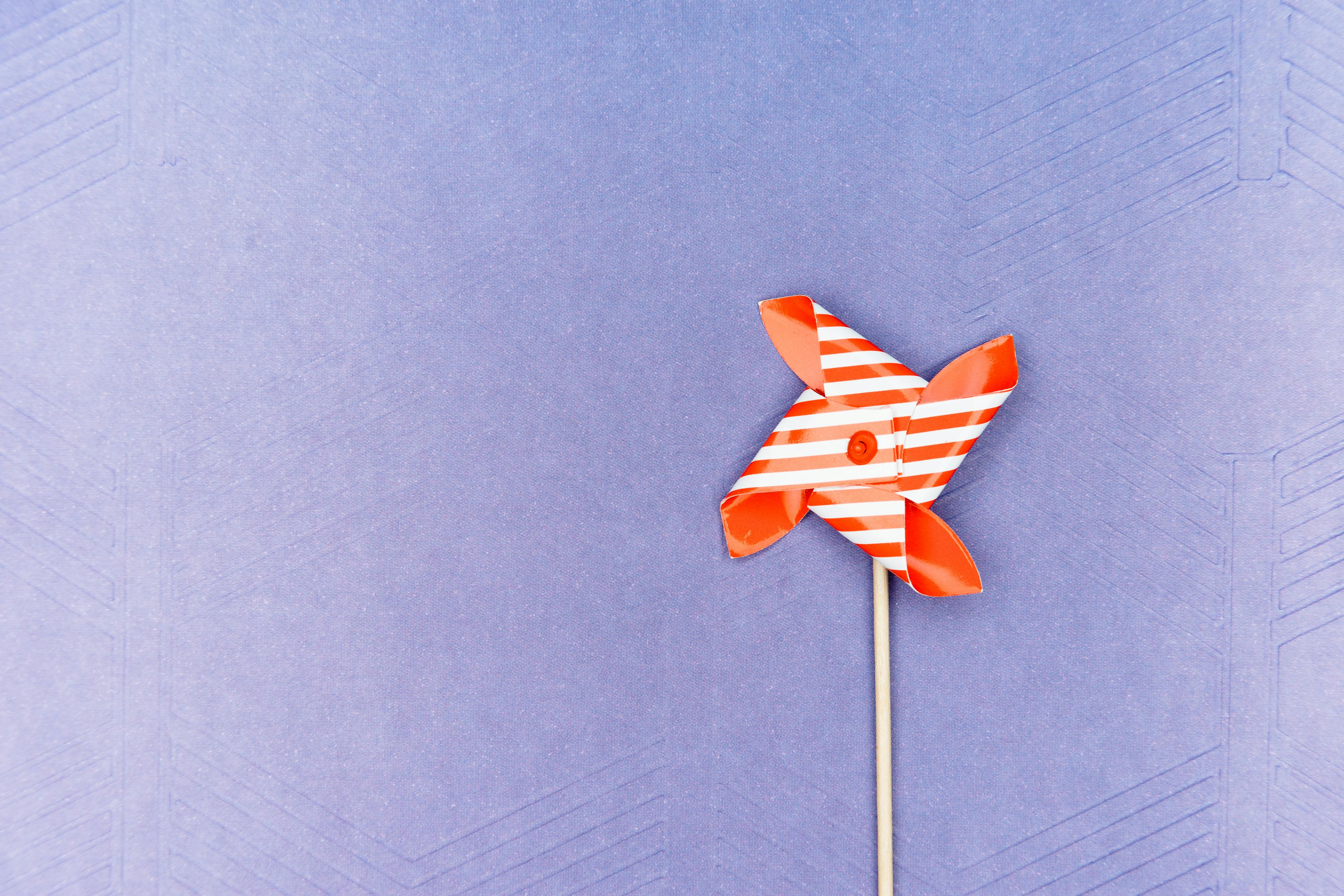
A guide to the three layers of snowboard clothing
One of the main attractions of snowboarding is the fact that you participate in an activity in some of the most beautiful landscapes in the world, but spending time in mountainous regions also exposes you to changing and potentially damaging climates. Therefore, it is vitally important that before you hit the slopes you have the correct clothing and equipment to keep you warm, protected and ultimately able to enjoy snowboarding longer. Ideally, your snowboard clothing should keep you warm, lightweight, and keep you dry by wicking sweat away from your skin. The best way to achieve this is by using the layering method which allows you to react to sudden drops in temperature by adding layers or increases in temperature by removing a layer. The three-layer system is applicable for most winter sports: the base layer traps heat and wicks moisture away from the skin, the middle layer, which is usually a fleece garment or jacket that provides additional insulation, and the Outer layer protects against wind and rain. Below is a brief guide to what each layer consists of and why it is important in your overall snowboard gear.
base layer
The base is the layer that is in contact with your skin and is there to trap a layer of air and draw moisture away from your skin to keep you warm and dry. Your base layer should cover you from head to toe, and as such should consist of a long-sleeved T-shirt, long leggings, and socks made of a moisture-wicking material such as polypropylene. Avoid materials combined with wool if you have a low tolerance for itchiness and cotton altogether, as it loses all of its thermal properties if it gets wet.
Base Layer Checklist:
Thermal Body Shirt – This should have long sleeves and will ideally be made of polypropylene to ensure moisture is transferred away from the skin.
Thermal Underwear – Opt again for polypropylene as it is non-itchy and provides excellent thermal and moisture wicking properties.
Snowboard Socks – There is nothing worse than cold feet and protecting extremities in freezing conditions is vitally important. Good quality snowboard socks will not only keep your feet warm, dry and comfortable, they will also improve the fit of your snowboard boots and protect against impacts. Socks should reach mid-calf and should not be too thick, as this will encourage sweating.
Second layer or intermediate layer
The second layer’s job is to trap hot air as you drive and transfer moisture further away from your body as you drive. It can also be used as an outer protective layer on warmer days. Commonly used materials include wool and fleece, with fleece being particularly popular due to its lightweight, breathable properties that draw moisture to the outer layer of clothing.
Second layer checklist:
Jacket or sweater: made of wool or, preferably, fleece, it should be light and breathable, allowing moisture to evaporate through the material. However, it will not protect against wind or rain.
Snowboard Pants – Laid over the top of your base layer, snowboard pants should have a nice roomy fit and provide extra protection from moisture and heat with padded areas at the knees and rear to protect against impact and prevent melted snow from transferring to the base. layer.
Snowboard Boots – Available in regular shoe sizes, snowboard boots are the link between the snowboard and your feet. As such, the fit around the feet and ankles is very important. Take the time to try on several pairs to ensure you get a comfortable and secure fit, as a decent pair will last you a while.
outer layer
The outer layer of your snowboard gear is there to protect you from wind, rain, and impacts, keep moisture out, and allow moisture to escape from the inner layers.
Outer Shell Checklist:
Hat, Cap, or Helmet – Whatever you wear, make sure it covers your ears, and for impact protection, opt for a specialized snowboard helmet.
Snowboard Goggles: Snowboard goggles should protect your eyes from wind, snow, rain, and UV rays. Lenses vary in terms of their light transmission capabilities with different lenses available for different light conditions.
Snowboard goggle lenses should also have a scratch-resistant coating, an anti-fog coating, and 100% UV protection. The goggle frame should fit snugly against the face with a foam padded rim that also wicks moisture away from the face improving comfort and reducing fogging. Snowboard goggles have a wide head strap that should fit snugly holding the goggles firmly to your face.
Snowboard Jacket – Your jacket is your final protective layer against the elements and as such should be windproof and water repellent. As with the rest of your snowboard clothing, your jacket should be breathable to allow moisture to escape.
Snowboarding: Snowboarding is tough enough without one, but make sure you get a snowboard that’s right for your dimensions, riding style, experience, and budget. Snowboards vary in terms of construction materials, camber, flex, dimensions, effective edge and sidecut, so be sure to test a series and discuss your requirements with a snowboard supplier before taking the plunge.
Snowboard Bindings – Good quality, sturdy snowboard bindings are important to ensure your boots are securely attached to your board. Available in sizes small, medium and large, your bindings should be purchased in combination with your boots to ensure the most secure fit.
Snowboard Gloves – Wear specifically designed snowboard gloves with fleece insulated glove liners to protect your hands from snow, ice and impact. They should be waterproof and have padded, reinforced palms and fingers, which are high-impact areas.
When shopping for snowboard clothing, make sure it fits well to prevent chafing and maintain the breathable nature of the fabrics. Your snowboard clothing is there to keep you warm, safe, and comfortable for long periods in winter weather, and as a result, it’s well worth spending time and money to ensure you get the best gear possible.